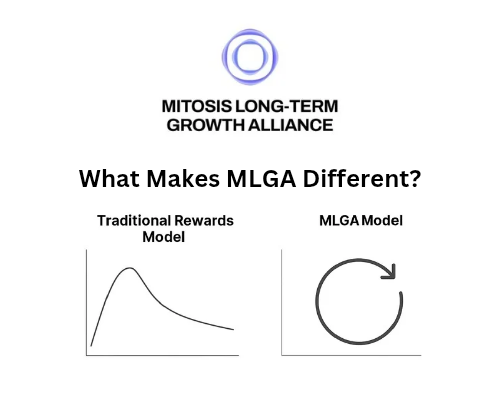Beyond Bridging: How Mitosis’s Settlement System Unites DeFi Multi-Chain Maze

Tired of watching your crypto get stuck in traffic jams between blockchains? In today’s multi-chain world, moving assets like ETH from Ethereum to Solana feels like mailing cash overseas—slow, pricey, and risky. Enter Mitosis’s Settlement System: a radical fix that makes liquidity teleport, not trudge.
Imagine this: you’ve got ETH earning 5% in an Ethereum pool, but a 15% yield pops up on Solana. Moving it means bridging—fees, delays, and risks galore. What if there were a smarter way? Enter Mitosis’s settlement system, a hidden gem in its ecosystem that syncs liquidity across chains without the hassle. As of April 10, 2025, with over 50 major blockchains vying for DeFi’s $150 billion TVL (per DeFiLlama), the multi-chain maze is real—and Mitosis is solving it.
Ready to see liquidity flow like never before?

Mitosis’s settlement system is the engine behind its cross-chain magic. Unlike traditional bridging, which shuttles assets between chains with third-party risks (think Wormhole’s $320 million hack in 2022), this system coordinates liquidity directly through Vaults. Here’s how: users stake assets—like ETH or USDC—into a Vault, receiving miAssets (e.g., miETH). The settlement system then tracks and distributes yields or redeploys liquidity across supported chains, all governed by Ecosystem-Owned Liquidity (EOL) principles. It’s like a universal bank account for DeFi—your assets stay secure in one place, but their earning power spans the ecosystem.
Data Point: Cross-chain bridges processed $40 billion in 2024 (per Chainalysis), but 10% was lost to fees or exploits—losses Mitosis avoids.

The multi-chain boom has a downside: fragmentation. Ethereum holds $70 billion in TVL, Solana $10 billion, and newer chains scramble for scraps (DeFiLlama, Q1 2025). Traditional solutions—bridges, wrapped tokens—add friction. Mitosis’s settlement system flips this script by making liquidity portable and programmable. Paired with partners like Hyperlane, it ensures miAssets flow seamlessly, syncing yields in real time. For users, this means less idle capital; for new chains, it’s instant access to EOL-backed liquidity. Think of it as DeFi’s air traffic control, directing assets where they’re needed most.
Insight: By tying settlement to EOL, Mitosis ensures communities—not VCs—decide liquidity’s fate, a shift from the 60% VC-funded TVL in early DeFi (per Messari).

Mitosis’s settlement system is more than a tech trick—it’s a vision for a unified DeFi. By leveraging Vaults and miAssets, it cuts through the multi-chain mess, delivering efficiency and empowerment via Ecosystem-Owned Liquidity.
Believe In Mitosis; the Matrix awaits you.
Crypto asset prices must be discovered on-chain.@MitosisOrg strategically targets high-demand speculative markets that CEXs cannot access, capitalizing on untapped opportunities on-chain.
— Jake 🧬 (@Jake_on_me) February 18, 2025
DeFi will win.
Believe in Mitosis; the Matrix awaits you.

Comments ()